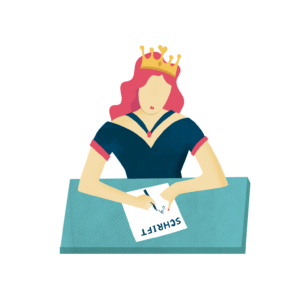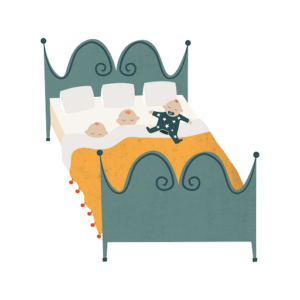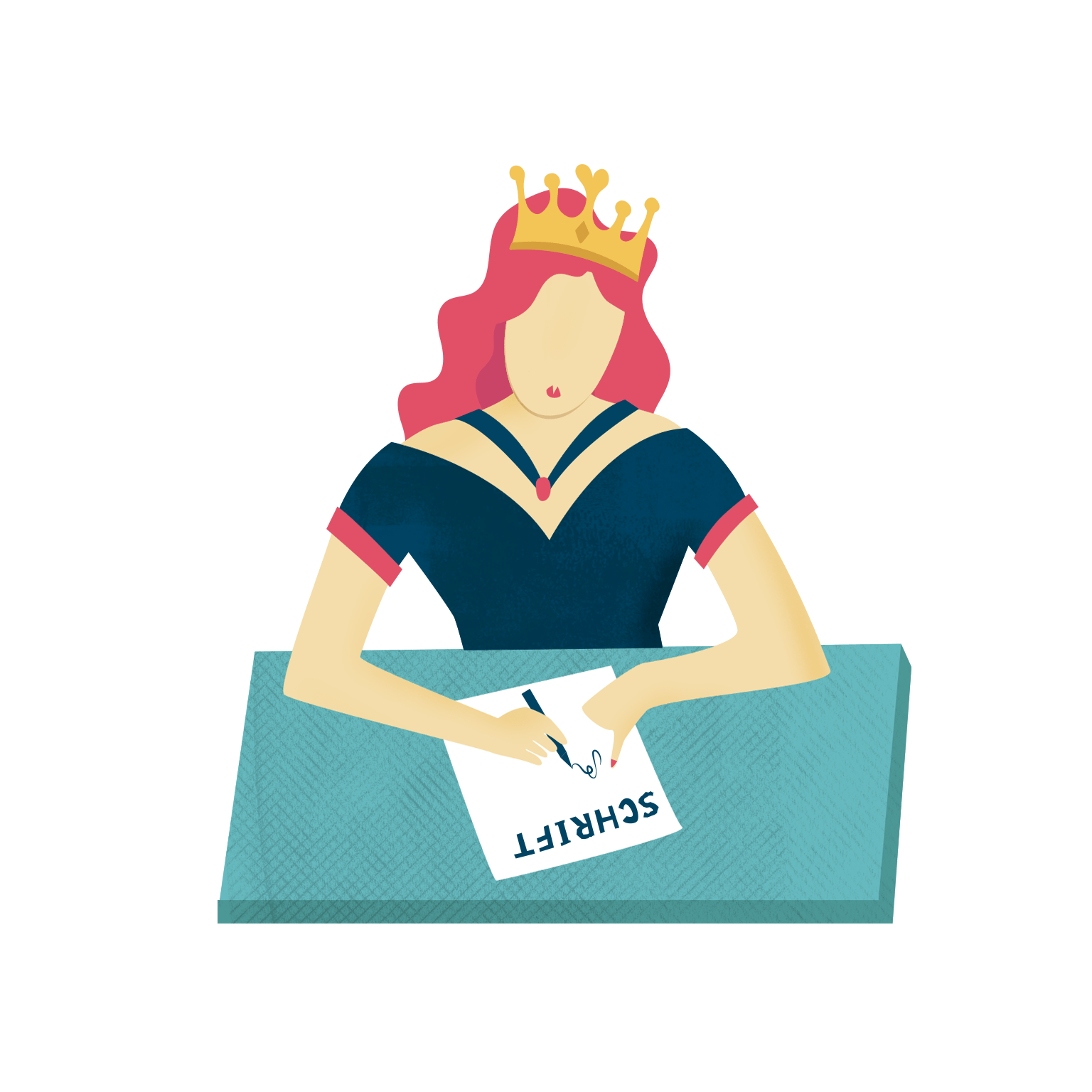Many languages have their own peculiar approach to grammatical gender. For someone who is starting to learn German, it can be challenging to learn the gender of words. Does der Tisch (the table) reek of masculinity? Can you find a trace of feminine elegance in die Polizei (the police, did you know that police is singular in German)? Very likely not. It is a pain in the neck to remember such an illogical and senseless connection. For that reason, I always share The Superhero Technique with German learners to make their life a lot easier.
The Superhero Technique is a simple tool that encourages the learner to visualize a scenario with special memory figures relating to a specific gender. The key is to link new nouns to one of the three memory words, whilst adding sensations and vivid details to the situation when you imagine them. Visualization is an excellent tool to help you to never forget an article again.
If you haven’t heard it yet, there are three genders in German: the masculine, the feminine, and the neuter. Those mostly follow no logic and are, therefore, hard to remember. The Superhero Technique introduces three memory figures: the Superhero, the Queen, and the Baby—each substituting their corresponding gender to create a concrete, easy-to-visualize image. So the next time you learn a new noun, you simply add one of these three figures to the word’s meaning and voila, you have memorized that word’s gender for good. Let me show you how the magic is done.
While learning new vocabulary, you encounter the word der Kühlschrank (the fridge). You know it is masculine from the article der (which you’ll have to look up in your dictionary as it is not obvious), and you also remember that we use the Superhero with masculine nouns. Now all we need is to add some buzz to the story:
I see the Superhero walking in his sleep. He is heading to the kitchen. He is opening the fridge.The fridge is stocked up with all his favourite food. He accidentally clicks on the smart screen and sets the loud alarm on. The fridge squeals and the Superhero wakes up.

As you can see, this technique helps embed the articles into your vocabulary-rich brain quite effortlessly. The reason as to why that is true is simple: being creative is fun, and the more fun you have the better you learn. Let us try this technique again with the Queen.
The Queen loves to write poetry. She does not do it for the money since she needs no penny. She calls her poetry a hobby that makes her happy. What she lacks in fantasy, she makes up in melody. The Queen’s poetry may not be her legacy, but at least she rules the country.

Do you know what poetry translates to in German? In this example, we used the Queen to help us remember that die Dichtung (the poetry) is feminine. Now each time you create a new story, you will remember a Queen with all her feminine things chilling in her own palace.
Our final example is about baby triplets and a bed.
Once upon a time there was a baby who had two baby brothers. They were triplets. All three of them slept in a large bed. Sometimes one of them rolled off the bed, whenever that happened, the fallen
baby would scream so loud, his baby brothers would wake up.

I bet it will be difficult to forget every time you are tucked under your sheets that das Bett (the bed) is neutral.
These three examples show you how simple, fun and easy it is to remember the German gender. Now go on and create your own beautiful stories and learn more with my free German Articles Mini Course or try my German articles app on iOS or Android.

